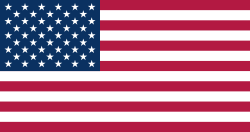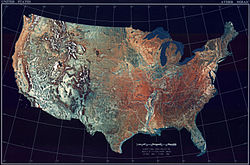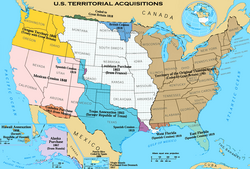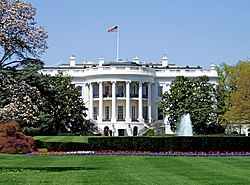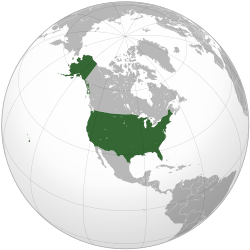
The following outline is provided as an overview of and topical guide to the United States:
Contents
- General reference
- Geography of the United States
- Environment of the United States
- Regions of the United States
- Administrative divisions of the United States
- Demography of the United States
- Climate of the United States
- History of the United States
- Period-coverage
- Presidents of the United States
- Government and politics in the United States
- Federal government
- State and territory governments
- Politics of the states and territories
- Foreign relations
- Military
- Intelligence organizations
- Law of the United States
- Culture of the United States
- American cuisine
- Art in the United States
- Sports in the United States
- Education in the United States
- Education in the states and territories
- Economy and infrastructure of the United States
- Economy by state and territory
- Health in the United States
- Tourism in the United States
- See also
- Notes
- References
- External links
United States of America– federal republic located primarily in North America, and the world's third-largest country by both land and total area. It shares land borders with Canada to its north and with Mexico to its south and has maritime borders with the Bahamas, Cuba, Russia, and other nations. With the Soviet Union's collapse and the subsequent end of the Cold War in 1991, the United States emerged as the world's sole superpower.
